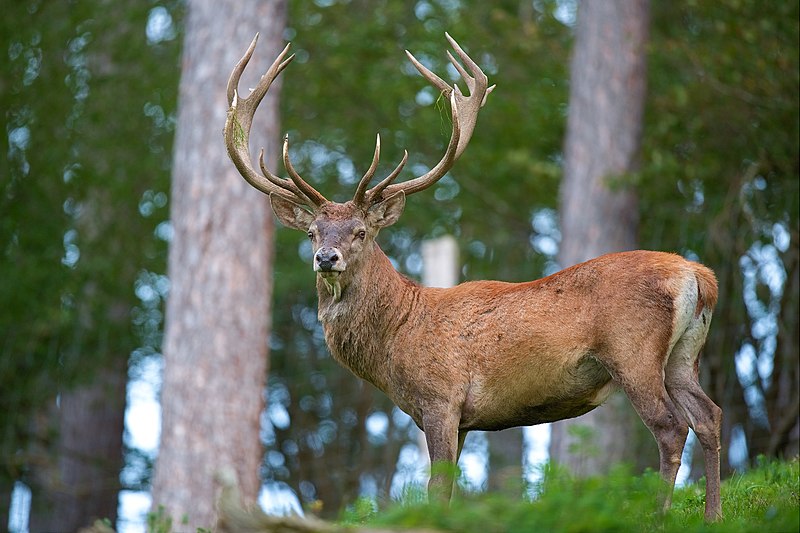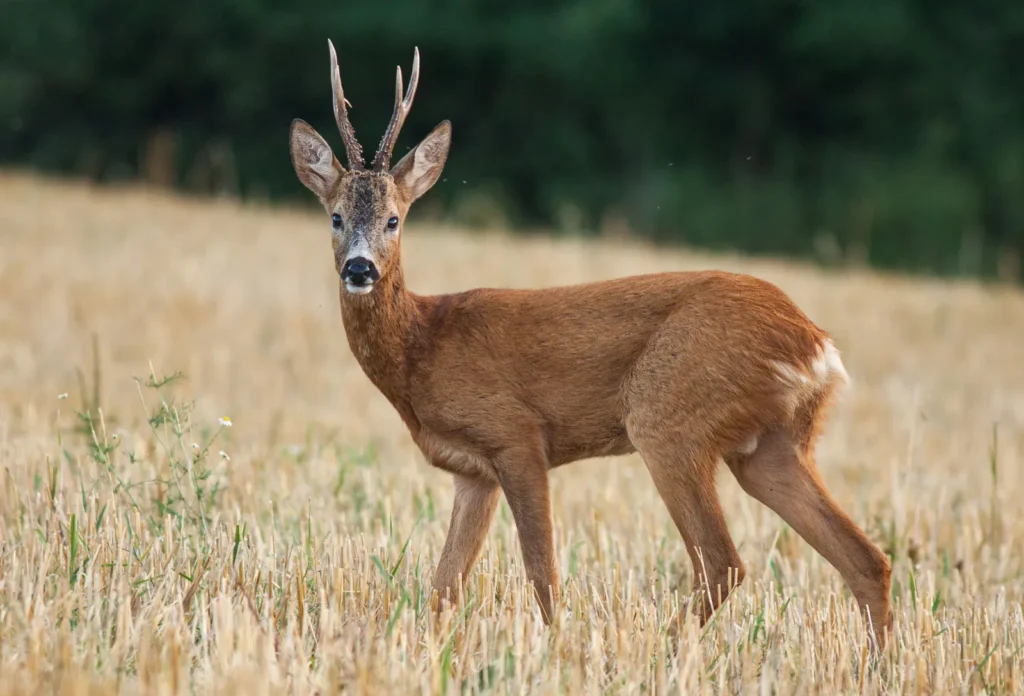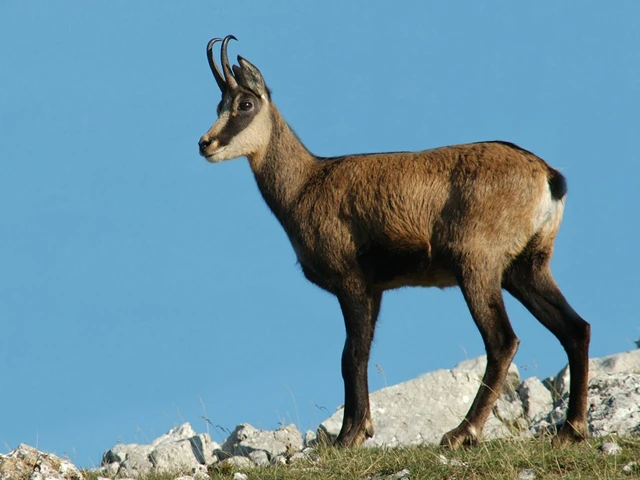Background

All over the world, ungulates play an important role in the ecosystem they occupy with a direct impact on vegetation structure, nitrogen distribution, and more importantly in my case on population dynamics.
In nature, prey-predator dynamics plays a crucial role in shaping prey behaviours and are fundamental for maintaining equilibra within ecosystems.
The ongoing recolonization of the Italian Alps by the wolf (Canis lupus), together with human lethal and non-lethal disturbances, can thus be a strong driver of behavioral change in ungulates, potentially impacting the rest of the ecosystem through cascading effects.

Aim

The goal of my thesis was to assess the impact of wolves and humans pressures on the ungulates by identifying the differences in activity patterns of red deer, roe deer and chamois, depending on a combination of presence or absence of wolf and human hunting in the landscape.
I hypothesized that the activity patterns of ungulate
species vary in response to predation risk and hunting pressure. Specifically I expected activity to be allocated to times of the day when lethal risk is low.
In this context, I expected the ungulates to be more active during the day in areas where the wolf is present and more nocturnal in hunted areas.